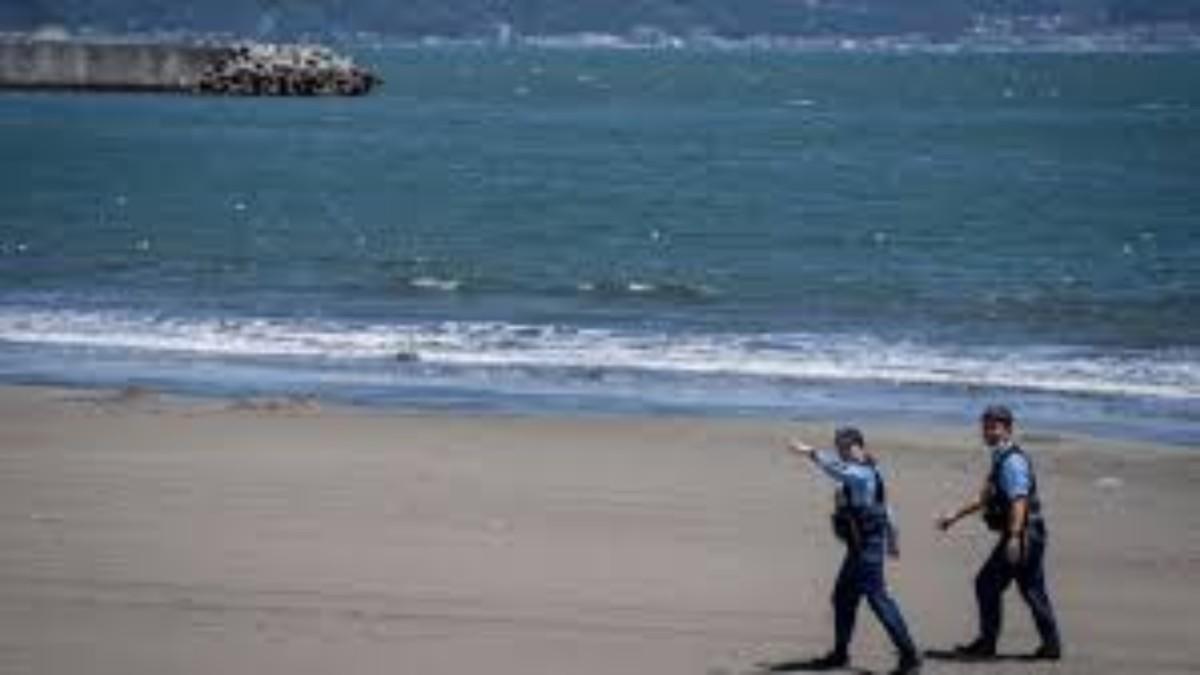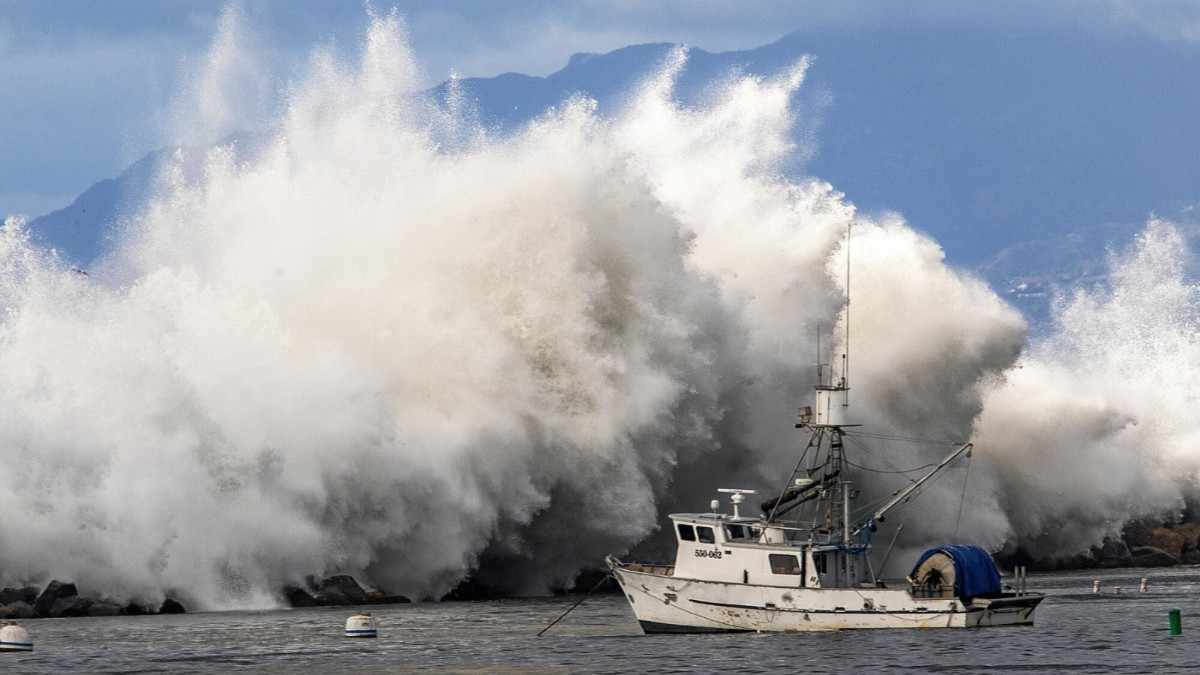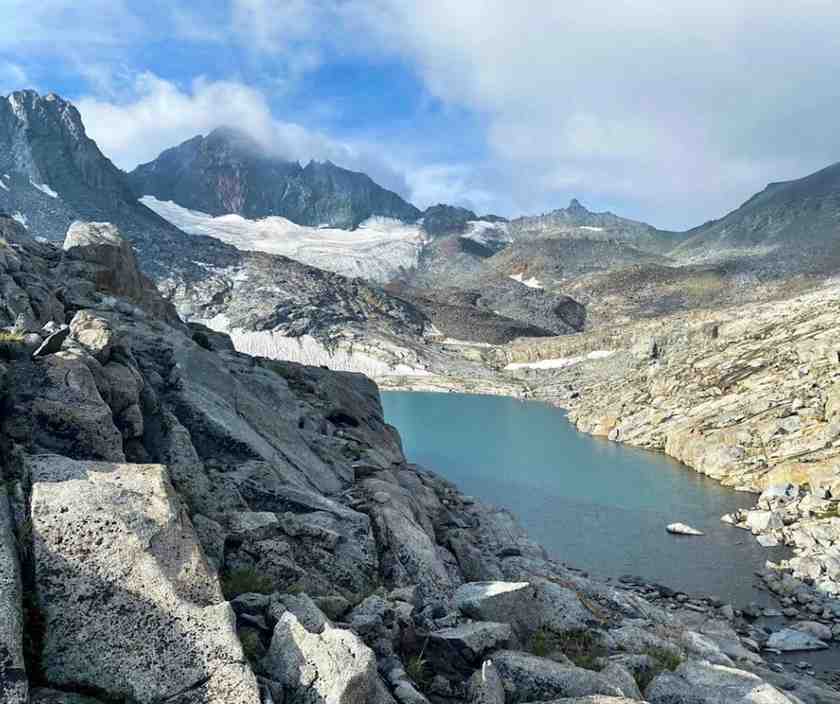
A sudden tsunami alert issued across the U.S. West Coast after a powerful 8.8 magnitude earthquake near Russia’s Kamchatka Peninsula sent ripples of fear, curiosity, and confusion through coastal communities. While officials assured there was no immediate threat of destruction, questions surged—how dangerous could it be, and could surfers actually ride it? As science and surf culture collided, the mystery deepened. In a moment where thrill flirted with danger, nature’s silent waves stirred quiet tension along the shores, leaving citizens—and surfers—gripped in wait.
Table of Contents
ToggleSTORY HIGHLIGHTS
-
Tsunami Alert Issued after 8.8 earthquake off Kamchatka, Russia
-
Surfers Wonder: Can tsunami waves be surfed?
-
Expert Warnings: Tsunamis have dangerous wavelengths, not surfable shapes
-
No Major Impact: Coast remained safe; advisory lifted without incident
-
Scientific Explanation: Tsunami power lies in their immense width and energy
-
Authorities Urged Caution: But didn’t call for evacuation in Southern California
When news broke of an 8.8 magnitude earthquake off Russia’s Kamchatka Peninsula on July 29, it didn’t take long for panic to ripple across the Pacific. Within minutes of the tsunami watch being issued, my phone lit up with a flurry of text messages. Friends. Family. Colleagues.
All asking the same questions:
Are you safe?
Will the waves reach you?
Should you evacuate?
For residents of coastal California, Oregon, and Washington — especially those living steps from the shoreline — the questions were valid. The threat of a tsunami, even if just a possibility, stirs up images of past devastation: the catastrophic Indian Ocean tsunami of 2004 still lingers in public memory, with its haunting death toll of nearly a quarter-million lives.
But for me, a lifelong surfer and journalist based in Southern California, the conversation around the tsunami triggered something deeper — not just fear, but also curiosity. And maybe, admittedly, temptation.
“Tsunamis Aren’t Like Surfable Waves”
As any experienced surfer will tell you, we spend countless hours analyzing swells — studying the weather systems, wind speeds, pressure zones, and bathymetry that give birth to the perfect wave.
Regular surfing waves are born from storms and wind patterns over the open ocean. These winds whip the surface water into ripples that grow and travel as swells, sometimes journeying thousands of miles to finally break along our beaches. There are colorful maps and forecast charts that surfers like me obsess over — often more accurate than the local weather news.
Right now, for instance, Hurricane Iona and Tropical Storm Keli, both spinning near Central America, have California surfers buzzing about a potential south swell. That’s the kind of predictable system we understand. We watch it build. We wait.
But tsunamis? They are something else entirely.
They don’t form gradually. They strike. Sudden and violent. When tectonic plates shift — like they did off Kamchatka — the ocean floor jolts upward or downward, displacing a massive amount of water. That displacement becomes a traveling wall of energy. Unlike wind-driven waves, tsunamis don’t roll in gently with a face you can drop into and ride. They surge. They bulldoze.
“Imagine a Bathtub, Not a Beach”
If you’re looking for a comparison, think of it like this: Blow across your bathtub’s surface and you’ll see small ripples form. That’s how surfing waves work.
Now suddenly sit up — water rushes over the edge, splashing the floor. That’s a tsunami. One is playful. The other, destructive.
To get more technical, wave strength depends on three things: the height of the swell, the distance between peaks (called wavelength or period), and the shape of the ocean floor where the wave eventually breaks.
Surfers love steep beach breaks and reef setups because they create “slab” waves — steep and powerful, albeit risky. Places like Teahupo’o in Tahiti and the Banzai Pipeline in Hawaii offer such thrills. But those waves have a face — a shape to ride.
“A Tsunami’s Danger Lies in Its Width”
— Falk Fedderson, Scripps Institution of Oceanography
I reached out to Professor Falk Fedderson of the Scripps Institution of Oceanography to better understand the science behind these waves.
“The danger isn’t really in the height of a tsunami in the open ocean,” Fedderson said. “It’s in the wavelength. A tsunami might be barely visible out at sea, but it stretches thousands of feet across.”
To break that down: regular surf waves usually have a period of 10 to 20 seconds — meaning the peaks are around 200 to 250 feet apart. Tides, which are essentially giant slow-moving waves, occur twice a day with 12 to 24-hour periods.
Tsunamis fall somewhere in between, often with a period of 10 to 15 minutes between waves. That means an immense volume of water is traveling together. Once that energy hits shallower coastal water, all of it gets squeezed and lifted — fast.
“A tsunami can basically concentrate all the energy that was spanning 4,000 meters in deep water. All that energy has to go somewhere,” Fedderson explained. “That’s what allows a tsunami to get so big near the shore.”
He paused, then added, “You don’t want to be anywhere near it.”
“Can You Surf It?”
— University of Hawaii at Hilo
Despite the logic, surfers still wonder — even fantasize — about surfing a tsunami. I admit, once the threat was downgraded and it became clear California wouldn’t suffer catastrophic impacts, my mind wandered too.
Could I paddle out and ride something? Could it be that elusive, once-in-a-lifetime experience?
The University of Hawaii at Hilo is firm on the answer: No. “Tsunamis lack a face,” their report says. “They’re more like a wall of whitewater.”
You can’t drop in on a wall. You can’t carve across chaos. And if you try, you might not come back.
“Should I Go? Probably Not.”
Still, with the ocean flat for weeks and the tsunami warning downgraded to an advisory, the temptation grew. I called Chuck Westerheide, spokesman for San Diego County.
“There’s no evacuation,” he told me calmly. “We’re under an advisory, not a warning. Strong currents and a tsunami are possible, and waves can kill or injure people — but that’s key: people who are in the water.”
I watched the live surf cams at Waikiki Beach for hours, waiting to see if the tsunami showed up there before reaching California. It didn’t. The ocean barely flinched.
That night, I nearly drove to WindanSea Beach — one of my old favorite spots — board in hand. But something stopped me. A gut feeling. A voice of reason.
Later, Fedderson told me, “The tsunami’s amplitude offshore was likely about an inch. You probably wouldn’t have even noticed it on your board.”
Then he paused. “But if it had been a foot? That’s a different story. You don’t want to be out there at all.”
In the end, I stayed home.
And I’m glad I did. Not every wave needs chasing. Not every risk needs taking. Especially when the line between thrill and tragedy is just one surge away.
In the end, the tsunami alert passed without devastation, but not without raising vital questions about nature’s unpredictable force and humanity’s reaction to it. For scientists, it was a moment to explain the deep mechanics of the ocean. For surfers, it was a fleeting temptation between thrill and risk. And for coastal residents, it served as a reminder that even distant quakes can echo across oceans. Though the waves never rose, the awareness did—leaving behind a lesson in caution, curiosity, and the quiet power of the sea.
We appreciate you taking the time to read our most recent article! We appreciate your opinions and would be delighted to hear them. We value your opinions as we work hard to make improvements and deliver material that you find interesting.
Post a Comment:
In the space provided for comments below, please share your ideas, opinions, and suggestions. We can better understand your interests thanks to your input, which also guarantees that the material we offer will appeal to you. Get in Direct Contact with Us: Please use our “Contact Us” form if you would like to speak with us or if you have any special questions. We are open to questions, collaborations, and, of course, criticism. To fill out our contact form, click this link.
Stay Connected:
Don’t miss out on future updates and articles.








